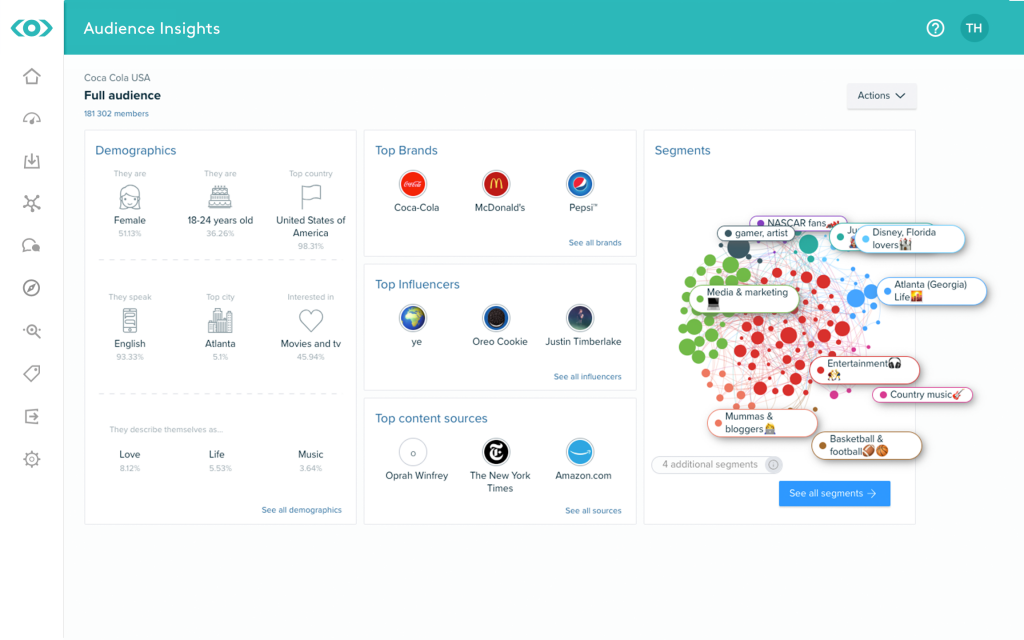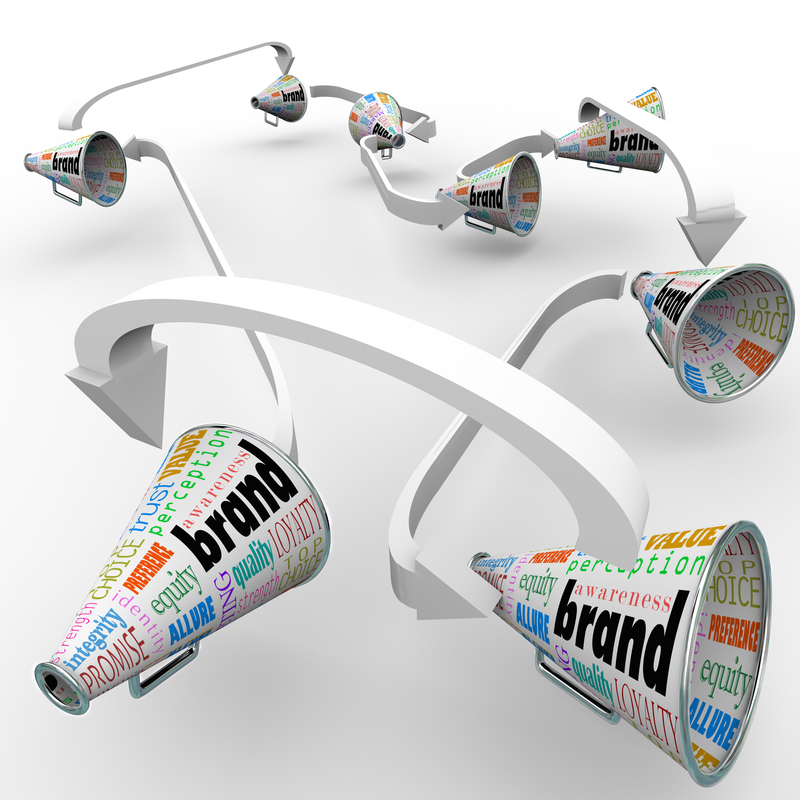While marketeers understand their target market holds the key to business success, they sometimes miss the mark when it comes to engaging them. If a brand fails to add value through personalized touchpoints, then, in the words of Arianna Grande, it’s “Thank you, next!”
With today’s digital economy characterized by disruption, customized communication is not a choice but a condition. One of the key challenges that marketing professionals face is sifting through an overwhelming amount of social data in order to derive actionable audience data insights that inform the creation of engaging, valuable and thought-provoking content for their existing and potential customers.
Even though 63% of marketeers are increasing their data analytics capabilities, there still seems to be a disconnect between delivering the right message to the right audience at the right time. These challenges can be explained by constantly changing consumer behavior, fragmented data collection, lack of data integration, limited internal resources and dwindling digital marketing budgets. Either way, brands need to do better. But how?
How to customize communication and convert content
Whether you are B2B, B2C or B2B2C, driving your brand equity in this hyper-active digital economy while conducting in-depth audience profiling does not need to be such a complex task. All you need is an integrated marketing solution, a one-stop-shop media tool that formulates audience insights you can actually use.
Here are the top 10 audience data points you need to understand a community segment and social media conversations around particular topics and messaging. By using Meltwater’s audience insights tool to analyse these ten data points, you will be able to inform your strategy and turn your customized communication into converting content.
- Audience segments
- Buying habits
- Online mindset
- Socioeconomics
- Influencers & brands
- Interests
- Media affinity
- Content
- Personality
- Demographics
These top 10 data points are a great way to simplify your audience insights by using natural language processing (NLP), machine learning and AI capabilities to decipher social media conversations across channels and decode the behaviors of current or potential customers that will engage with and ultimately buy your products and/or services.
Analyzing these ten data types will help you:
- Delineate relevant communities
- Understand buying habits and payment preferences
- Identify unique influencers
- Uncover partnerships and sponsorship opportunities
- Define online advertising strategy
- Create customized content
- Compare competitor audience intel
Understanding the difference between social listening and audience intelligence
Now that you have the ten audience data points and the insights you can gain by using them, it is important to distinguish the difference between social listening and audience intelligence.
Marketeers are making use of these tools in silos and this should not be the case. You need to work with both in order to get a full 360 view. Social media listening is using keywords to tap into online conversations and extract reach, impressions, engagement, volume, sentiment, share of voice, CTR, and CPC across channels to understand your brand success with an audience; whereas audience intelligence starts with tapping into an audience first to understand what will drive your brand success.

Government entities like the Ras Al Khaimah Government Media Office are prime examples of how to utilize both social listening and audience intelligence to make data-driven decisions on marketing and PR strategy. The Ras Al Khaimah Government Media Office’s goal is to promote the emirate locally, regionally, and internationally as a destination for business, leisure, and lifestyle. The department focuses on how best to communicate messages across digital media channels, monitor audience perception and engagement, and enhance its strategic objectives through owned and earned activities. Through social listening and audience intelligence, it found insights that served the creative and execution direction for an impactful feel-good feature, video, and promotion of the restoration of a watchtower in RAK. Based on these features’ success, the process of Social Listening + Audience Insights = Customization & Community Engagement now serves as the basis of the Office’s local campaign strategy.
Brands like Danone are using social listening, analytics, and technology to target marketing activities by listening to what their audience is teaching them. Chief Strategy and Insights Officer Elaine Rodrigo explains how Danone has a data-driven approach to understand people segments, or ‘tribes’ as they refer to them, which are identified and defined by their ‘passion points,’ ie behaviours and interests. “These are people with meaningful similarities,” explains Rodrigo. “You identify, you create content, you measure. It’s an iterative learning process which feeds back, and then you realize that some worked, and some didn’t. So, we then know which of the tribes actually means something to your brand and you keep them, keep learning and going deeper.”
It goes without saying that investing in data-driven audience intelligence is a top marketing priority. Being brilliant at customizing your communication and content is a prerequisite for consumers to identify with your brand and make buying decisions about your products and/or services.
With the amount of data that marketeers make use of across channels, both internal and external, it’s vital to simplify and hone in on the top 10 data points that help derive meaningful messaging.
By leveraging a unified audience platform to measure marketing analytics, you can overcome the data management challenge, reduce cost, increase time efficiency, and concentrate on what counts: your customers.





